There was beautiful weather during the 2003 Sport Bike festival. I’d had an excellent weekend of riding and camping, and around noon I began the ride home. I stopped for lunch at the tank display at CFB Borden, and then continued my zigzag southwest. I’d found the twistiest and most interesting roads I could between Burlington and Barrie, and this is my usual route to bypass Toronto. The Hockley Valley and Forks-of-the Credit roads are part of this route, mixed up with some gravel roads for good measure. I stopped to help a turtle cross Side Road 22. Appleby Line over Rattlesnake Point is an excellent road and also one of my favourites. South of Hwy 5 on Appleby I thought of taking Side Road 4 to Walkers Line. I down-shifted to make the turn, then decided I hadn’t been down Appleby in a while. I figured I had an hour and a half before I was home, but things would be different this time.
Darkness . . . then a bright light, and I opened an eye, then instinctively grabbed the clutch and brake and braced against the bars . . . that weren’t there; the other eye was blocked by something. Fluorescent lights were going upward in front of me, then I realized I was moving horizontally, feet first, down a corridor. Something had happened! I was in a hospital, on a gurney with a tank, hoses, tubes and wires, and my left eye was bandaged. Someone in a white coat was walking next to me. I ask what happened. He said, “We put some plates and screws in your pelvis and you’re going to be okay.” He didn’t answer my question, so I asked again. This time he said, “You were in an accident.” I’d already figured that out. What the cause was remained a question for a few days.
Six hours had passed between down-shifting and opening an eye again. I don’t remember the impact or much else in those six hours.
Some details came right away, the rest over time. A left-turning car hit me head-on. The driver and passenger weren’t hurt, but the car and my bike were both totaled. I centre-punched the license plate, then ricocheted face-first off the windshield and landed about 25 metres down the road. Lucky for me, a former trauma surgeon and military field surgeon who lives at the scene heard the impact and ran to the road with his first aid kit. He said the first thing he saw was me trying to stand up. Next to him lived a senior nurse; they did triage before the ambulance arrived. They did all they could and loaded me into the ambulance. The driver said he was waiting for the air ambulance to arrive but the doctor told them to get me to Hamilton General ASAP. Halton, Provincial and Hamilton police opened traffic along the way.
I was x-rayed and CT’d head to toe upon arrival. Apparently, within the first six hours, I was lucent, talking, and aware of my condition, even at the crash site, I was told. I’d passed out several times at the hospital; every time I did, the staff stopped and looked at the clock, then I’d come to. I don’t remember anything of the impact or the six hours after. They didn’t fix my pelvis until they figured I might survive. I spent two days in intensive care. The trauma surgeon wrote in his report that he’d never seen anyone survive such severe injuries in 20 years as a trauma surgeon. I was a mess. I didn’t get home until July 30th.
The healing process continued at home. In November, while still looking through one eye because I had diplopia for six months, I began stripping my wreck to build another BMW R100/7. I wondered if the engine would run. I filled the battery with water and charged it, and the bike instantly fired up and ran as if it’d been parked and shut off the day before. That was a surreal moment; the bike’s a mangled mess, sitting there in front of me, idling. Over the next few months I found another frame, front end, and various other parts through various sources. I had a chance to ride another bike in March; I was hesitant, but right away it felt good to be back riding. I started riding my new bike in mid-May; it looked and ran beautifully again. As an act of defiance, I rode through the accident spot one year to the day at the same time, 5:30 p.m. I had to finish that ride! I was back, and complete, with metal plates, and deaf in one ear due to one of many skull fractures. I also attended the 2004 Sport Bike Rally that weekend.
Another doctor told me I survived for two main reasons: my half helmet came off on impact, and a full-face would have produced a fatal rebound, and the extra weight would have broken my neck. I wear a carbon fibre half helmet now.
I still use Appleby Line as a main route and stop to visit the doctor, who’s amazed at how well I recovered. Other than a small scar on my forehead, there’s little else to hint at what happened. As a self-test, I rode the Trans-Labrador Highway, solo, in 2010, which turned out to be another death-defying act in itself. And in 2011 I rode my Frankenbeemer west through Canada to Vancouver Island and returned through the USA. I got back on my bike for two reasons:
I don’t remember the crash.
And it wasn’t my fault.
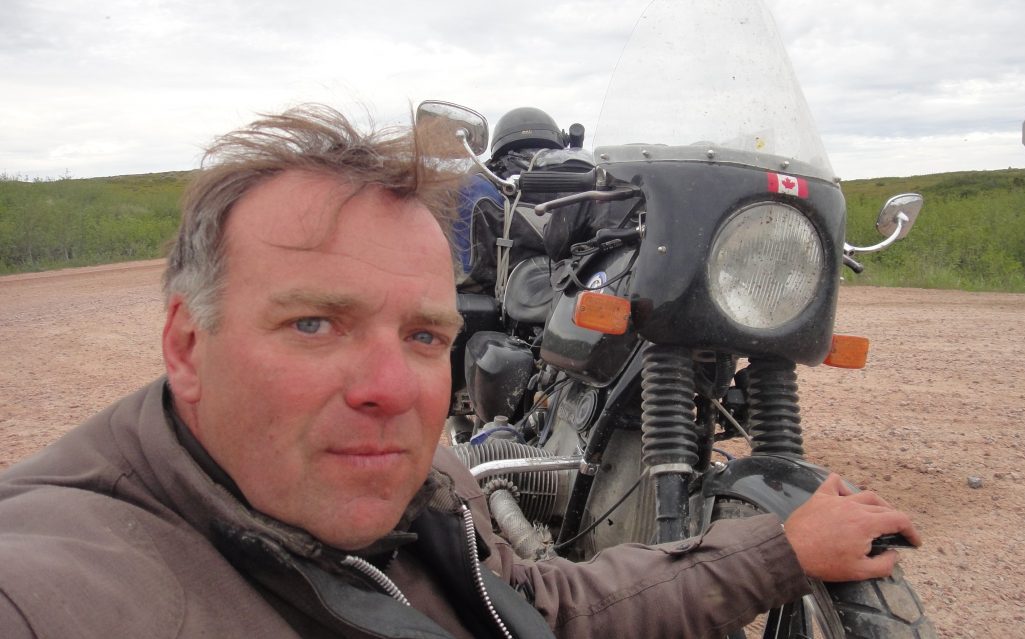
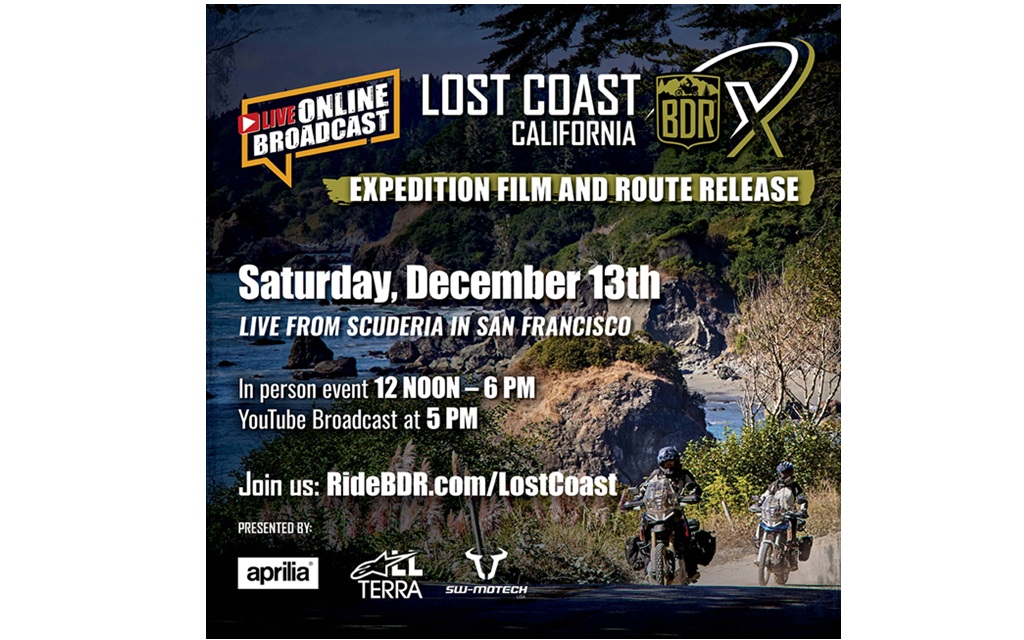
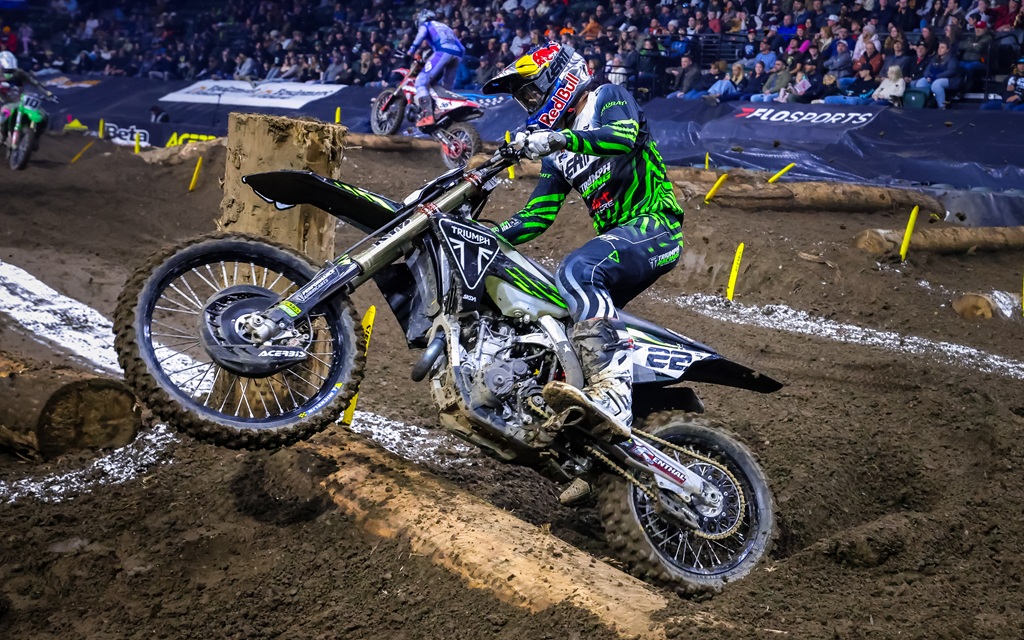
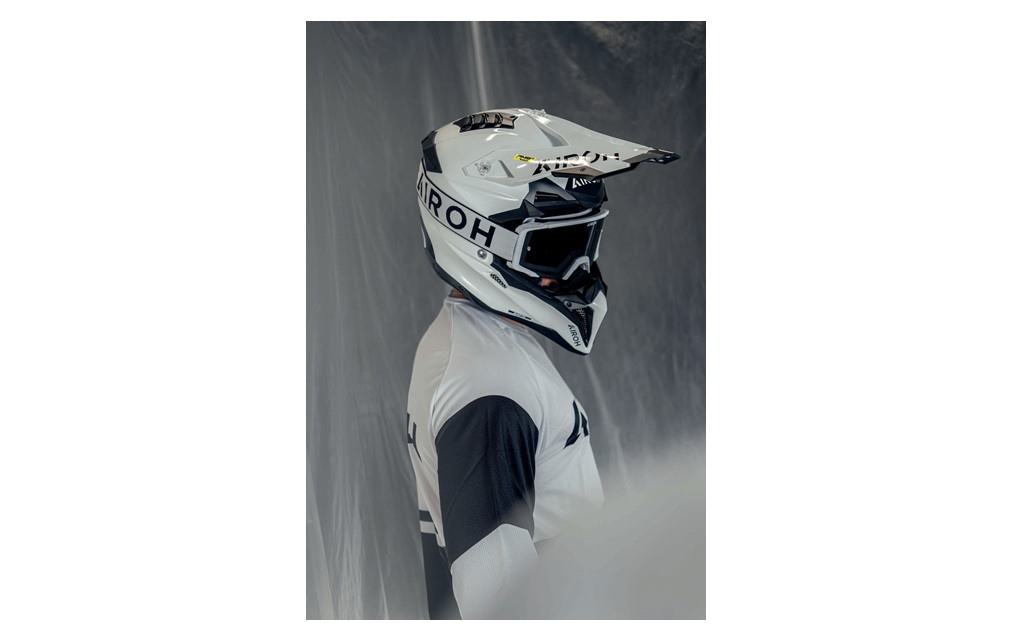

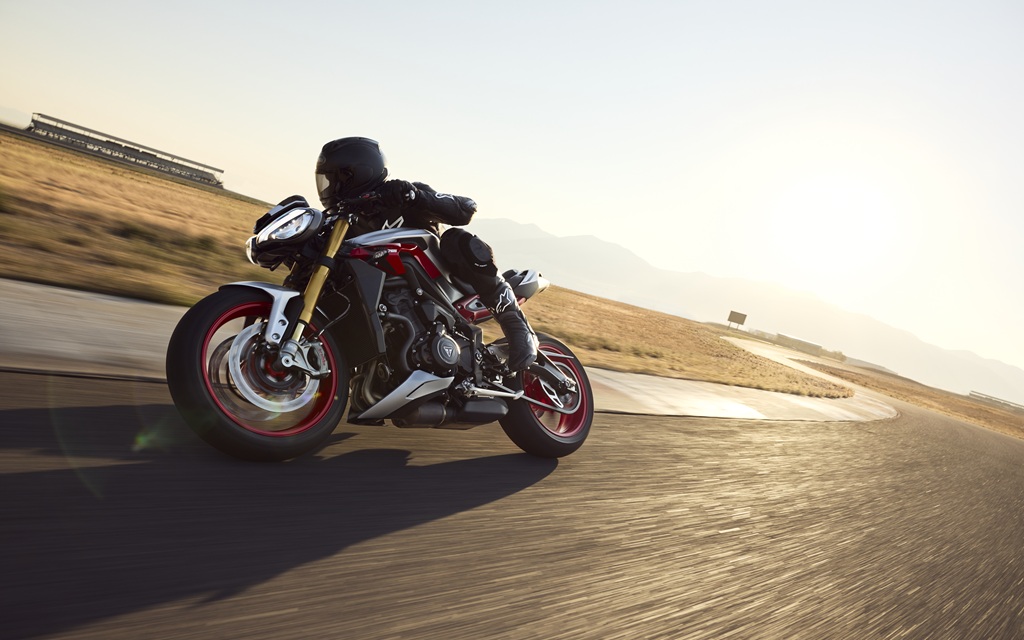
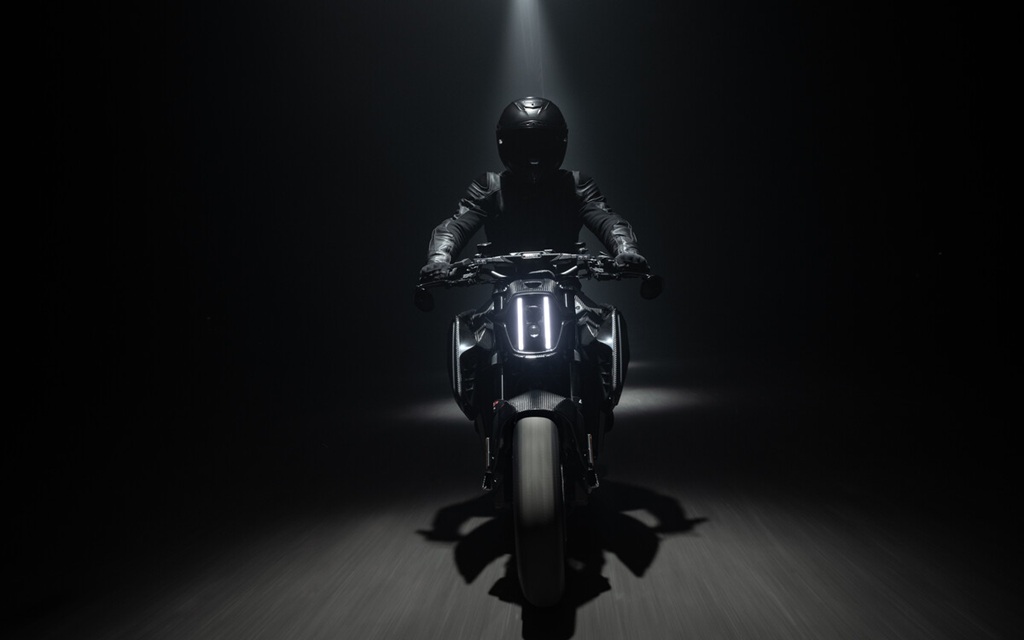
The Niagara Section of the C.V.M.G.,is very grateful that you survived, Andy. No more talk of “stepping down” as President. We need you! Cheers. John Broadhead Sr.
This was a great and cautionary story by Andy Clark. Although I live in BC I know the area he rode quite well. I’m happy he has recovered to continue to enjoy riding. I rode to the East Coast from BC myself in 2013, (First Person Nov 2013) and this year I plan to do it again via the Gaspe Peninsula, but on a newer and different bike. BTW: Andy wasn’t so much “lucent” as he was “lucid.
I wish doctors who have no special knowledge of head injury biomechanics and helmet performance would stop offering uninformed opinions. There are very good reasons professional motorcycle racers wear full coverage helmets – and survive horrendous accidents. There are also very good reasons that neither the Snell Memorial Foundation nor the European ECE standard can be met by a half helmet.
“And it wasn’t my fault”. Hate to say this, but we are responsible for everything that happens to us. It’s the Law of Attraction. Not just accidents, but amazing recoveries as well 🙂
“…my half helmet came off on impact, and a full-face would have produced a fatal rebound, and the extra weight would have broken my neck…”
I am very happy for your recovery, but I have to wonder how the Doctor could know this to be true.
Great story of perseverance.
Glad to hear of your recovery and enjoyment of motorcycling.
I also had an accident almost 20 years ago on a rain soaked off-ramp, and although I had a concussion, there’s no doubt a half helmet would have left me disfigured, or dead. Skeptical of the doctor comment, for sure.
Doctor is a quack, probably doesn’t wear a seat belt so he will be “thrown clear” in a car accident